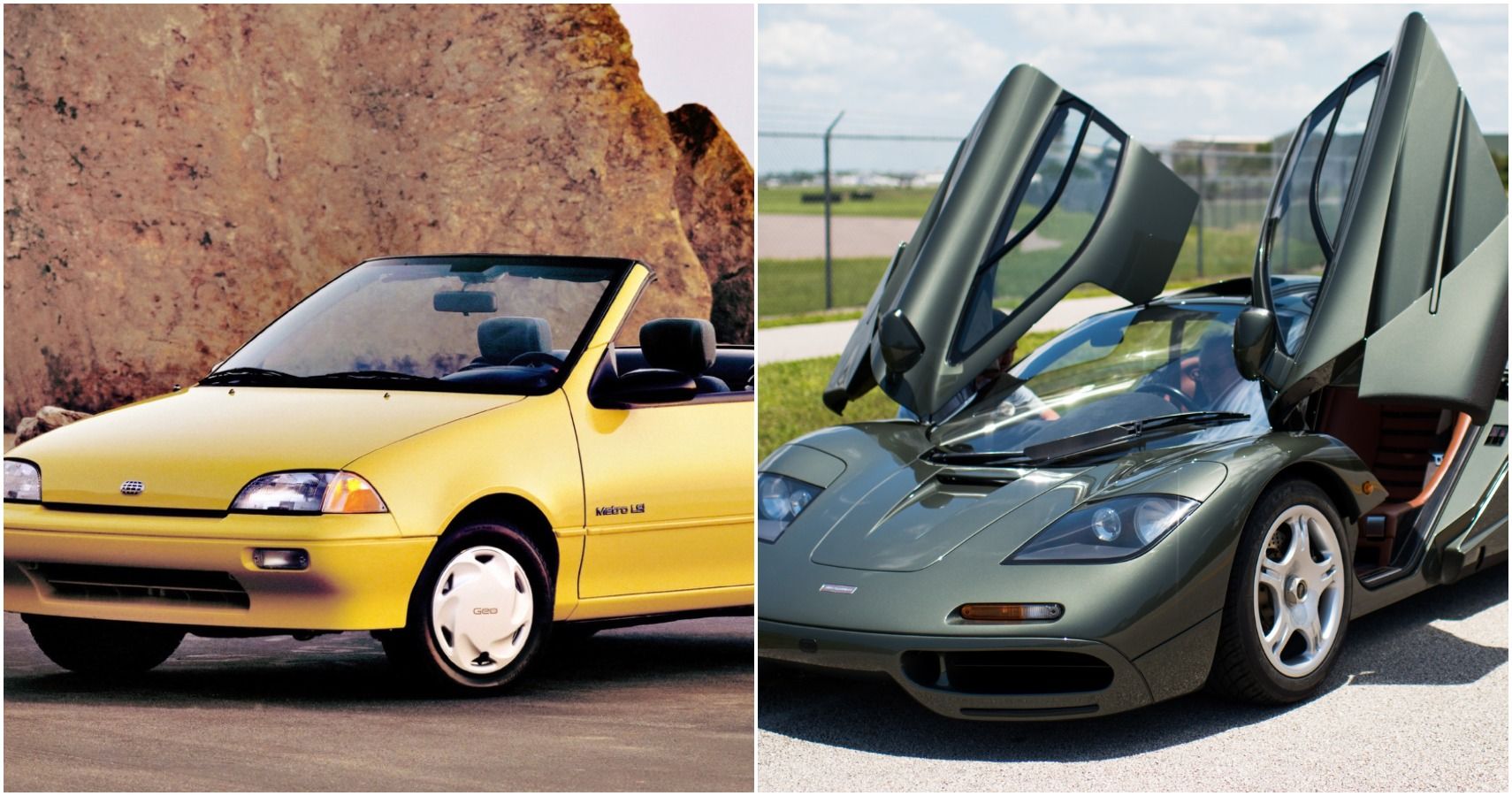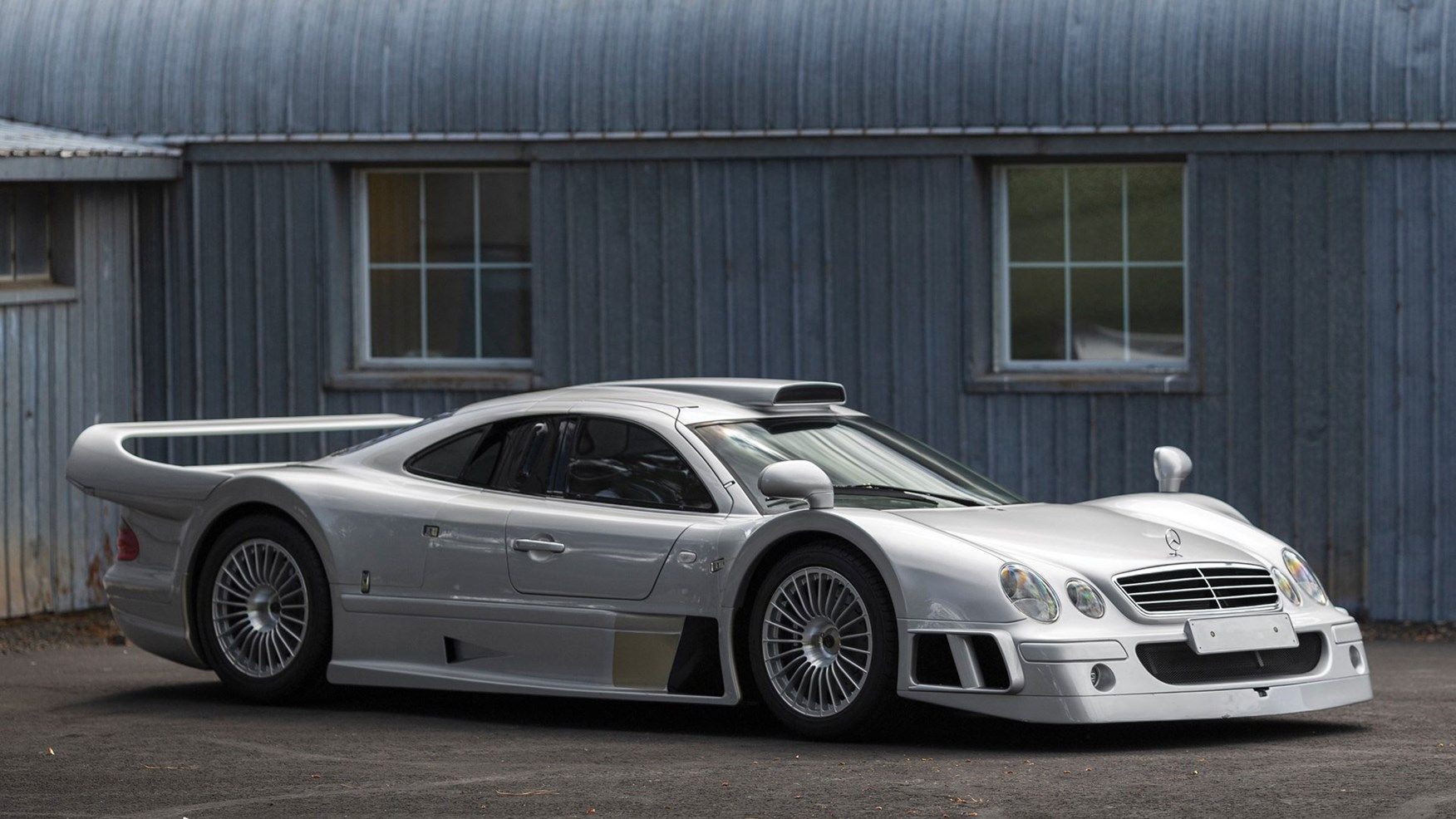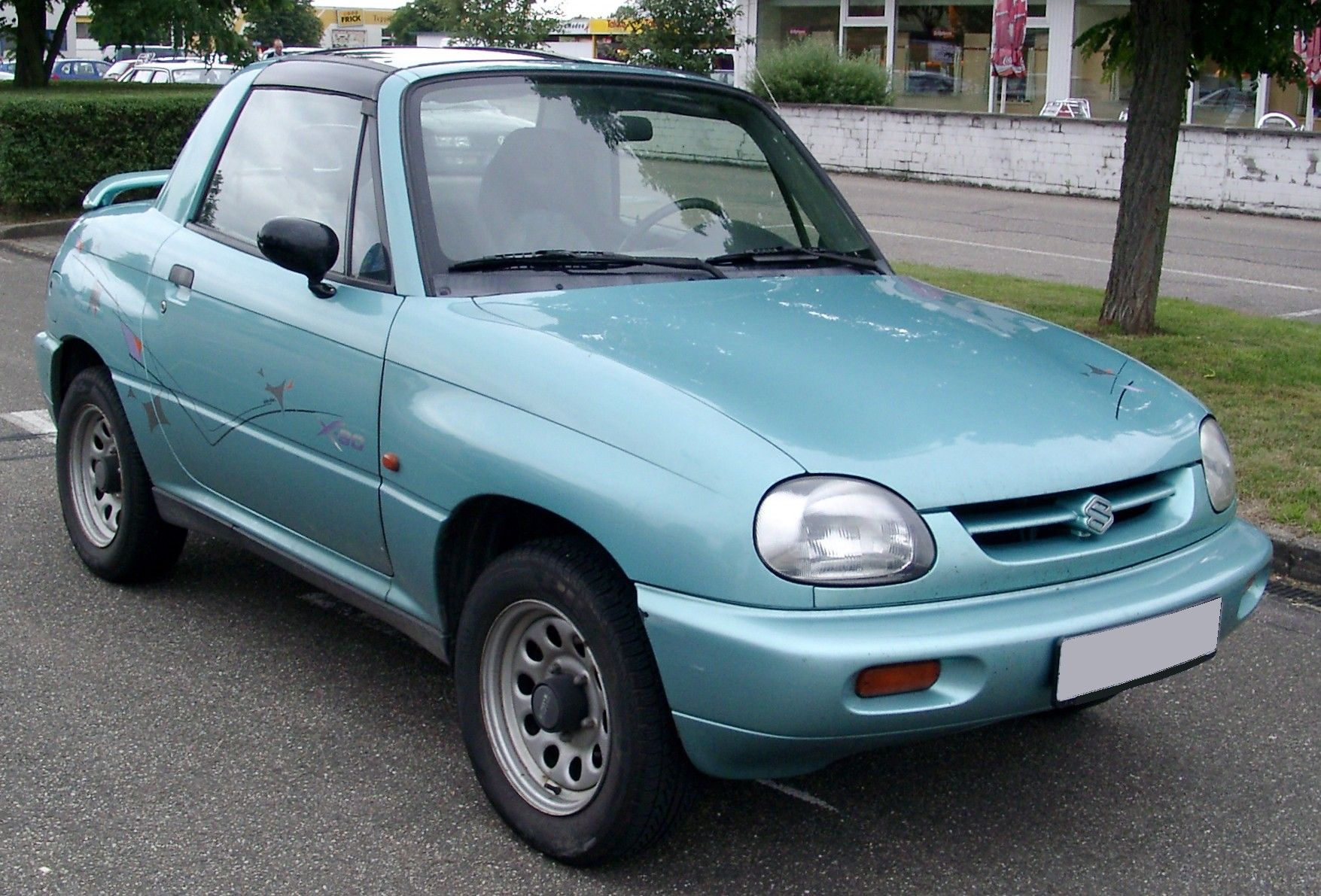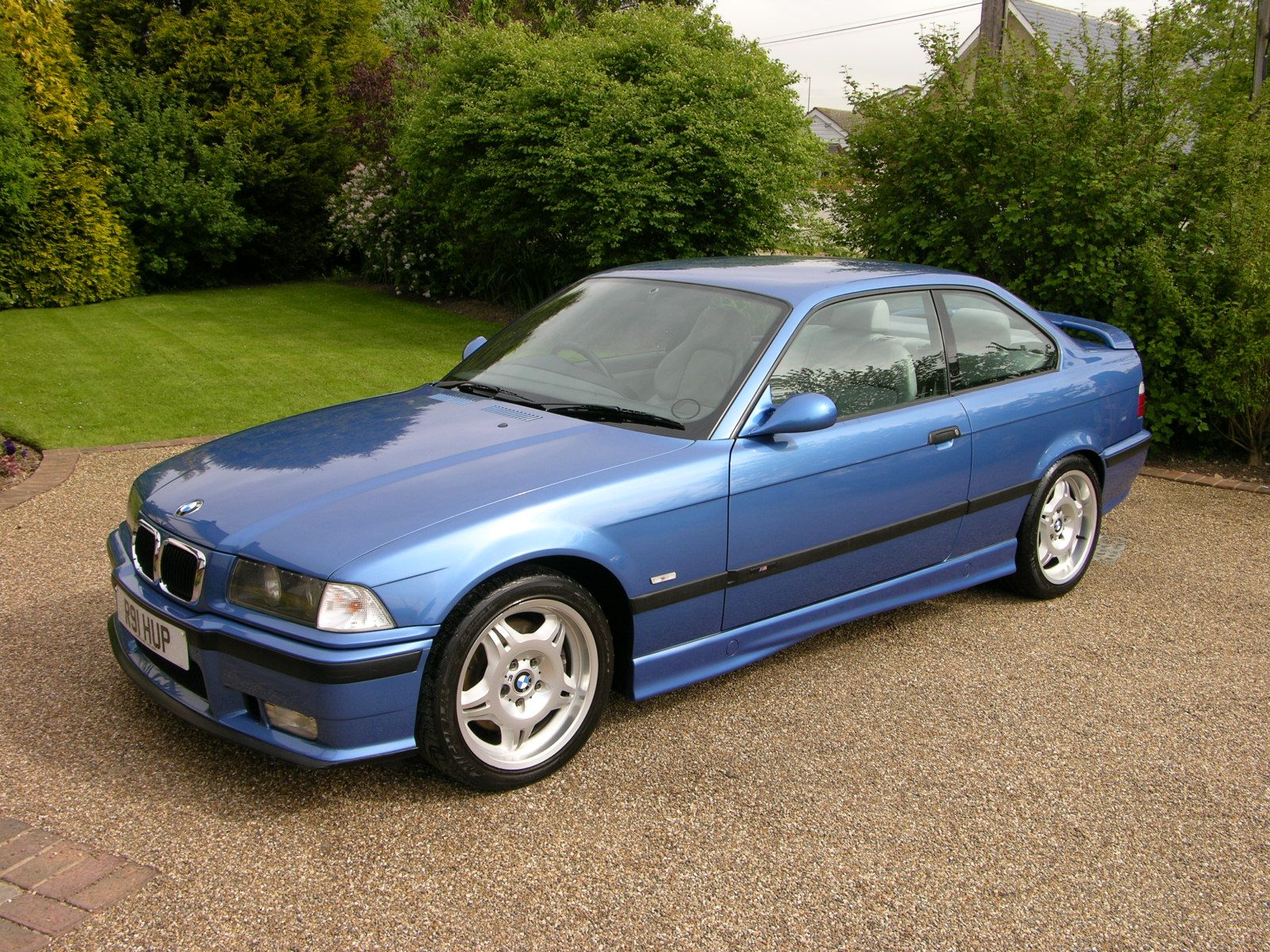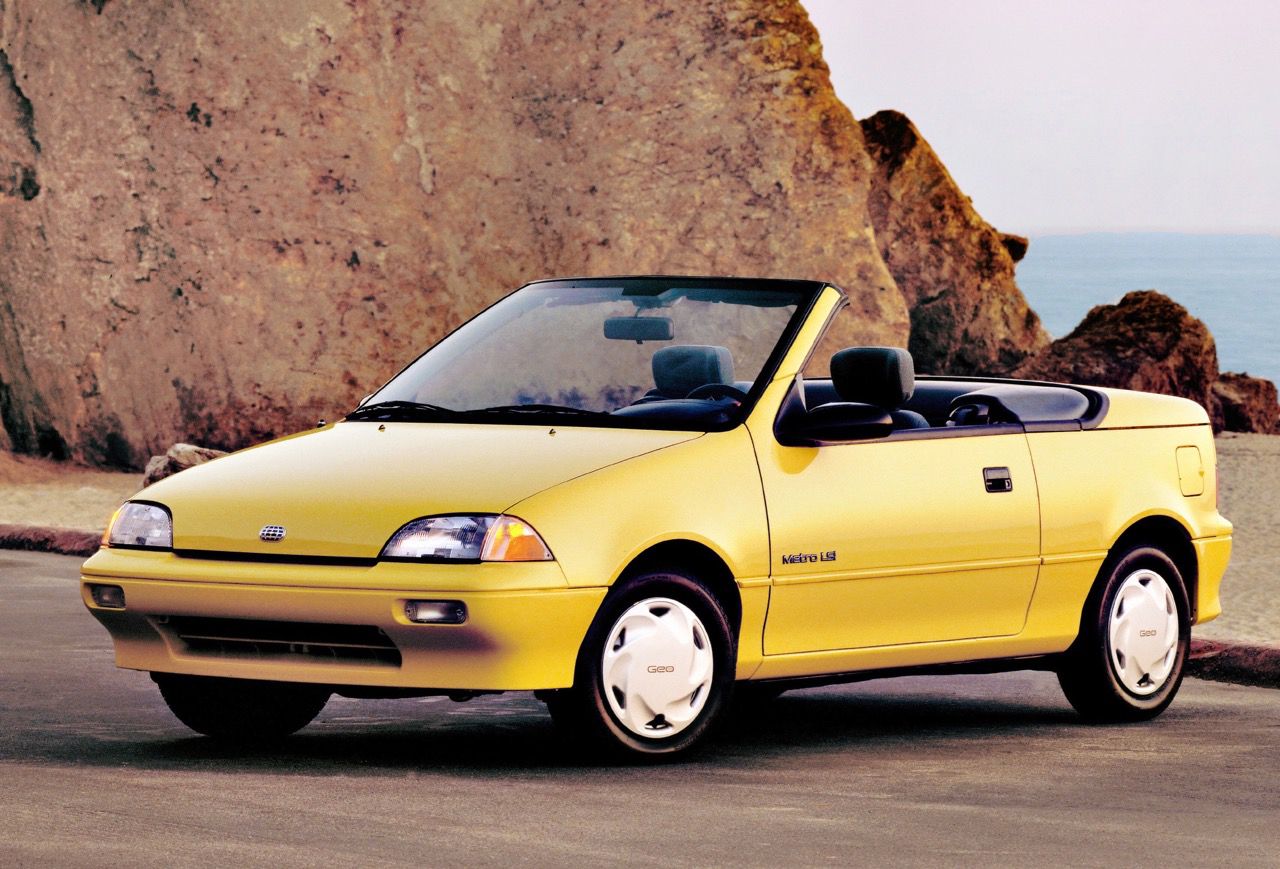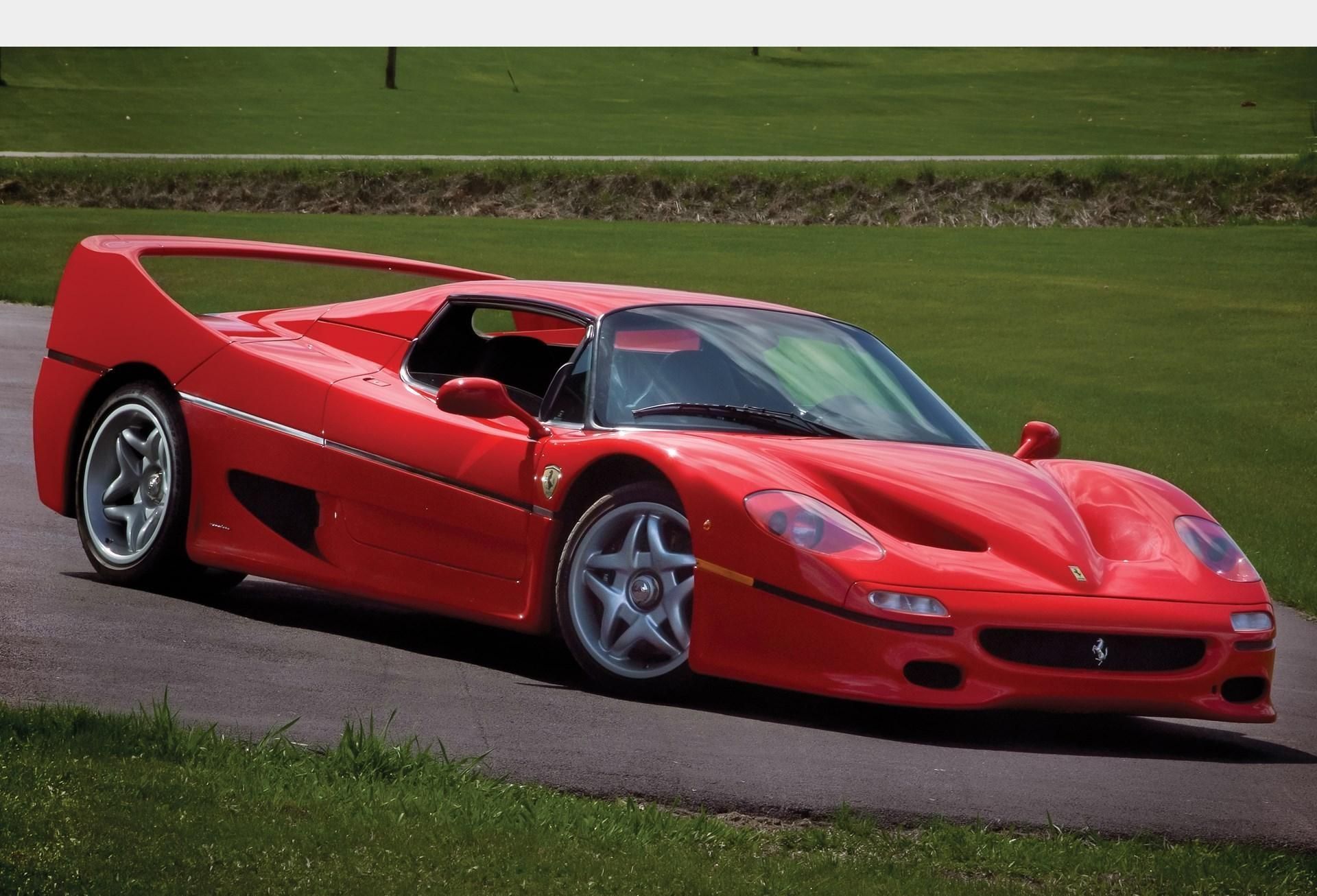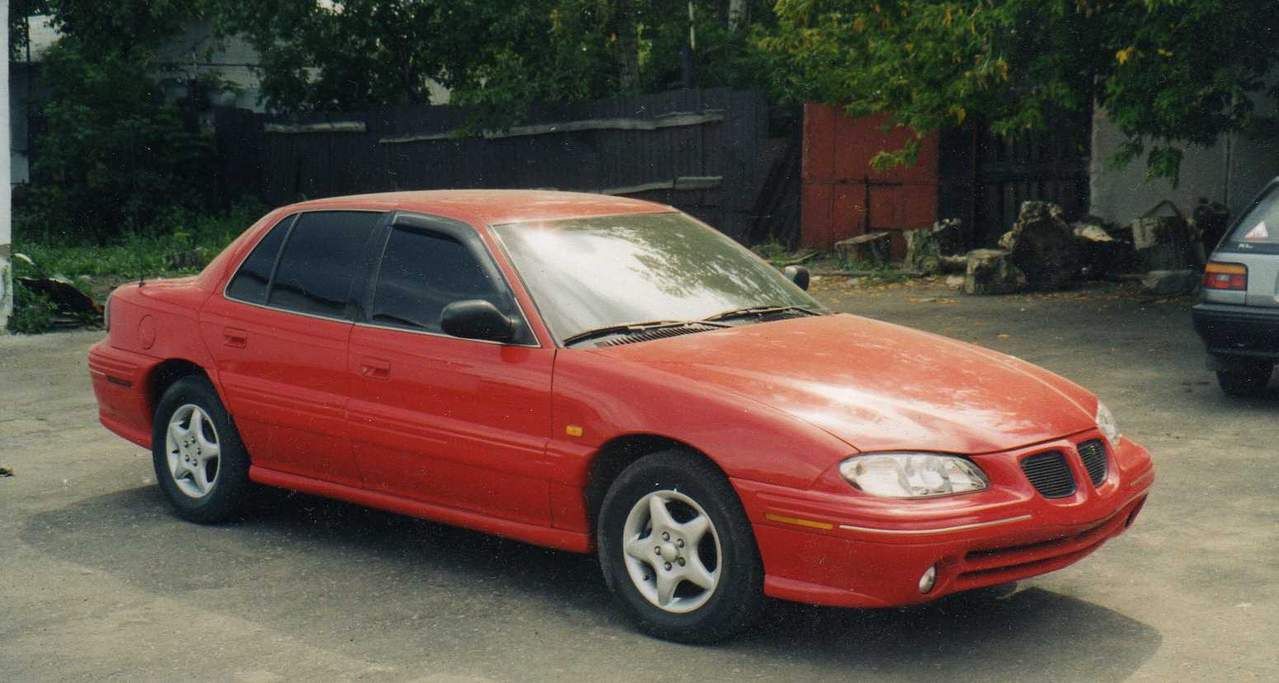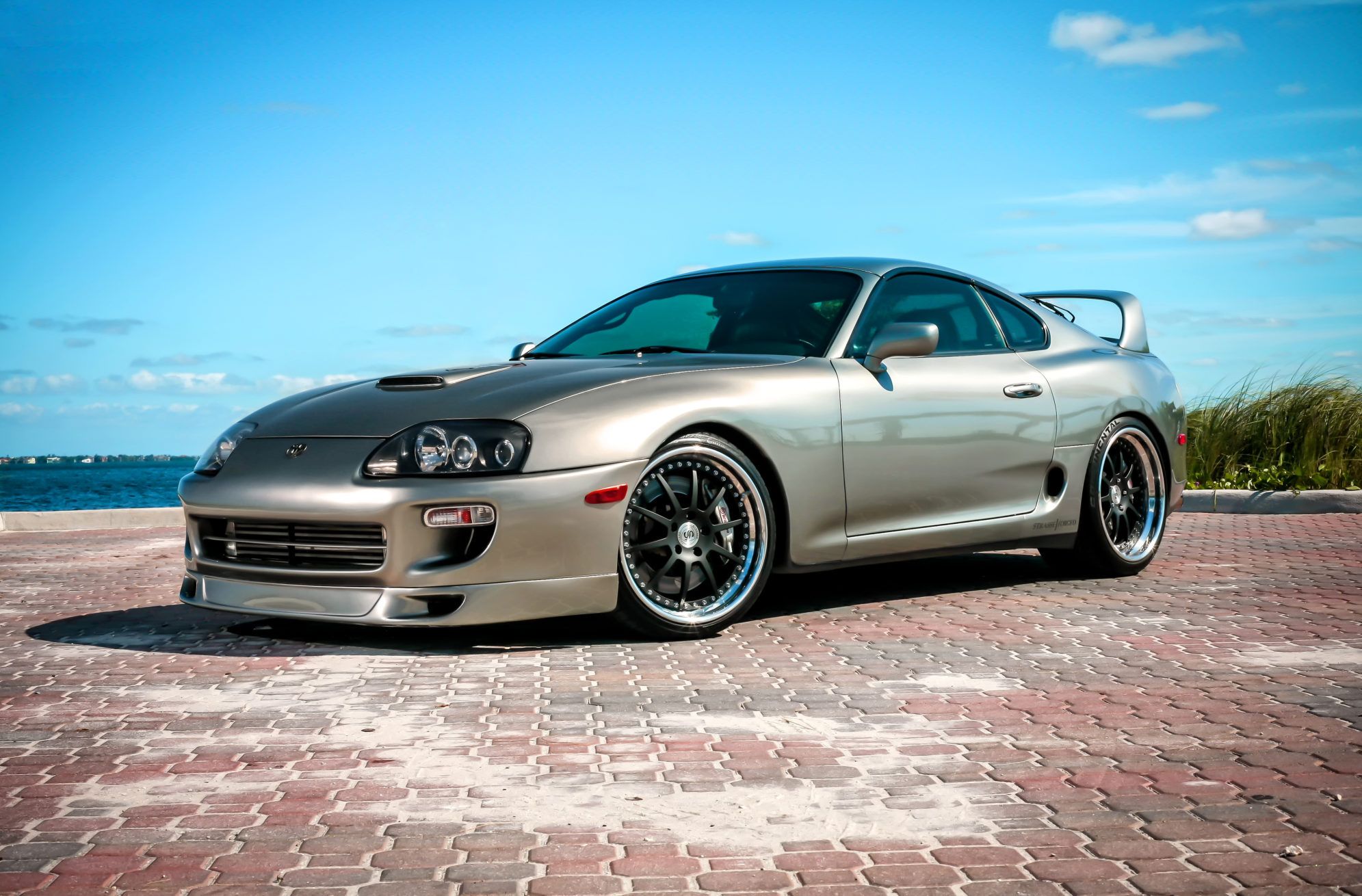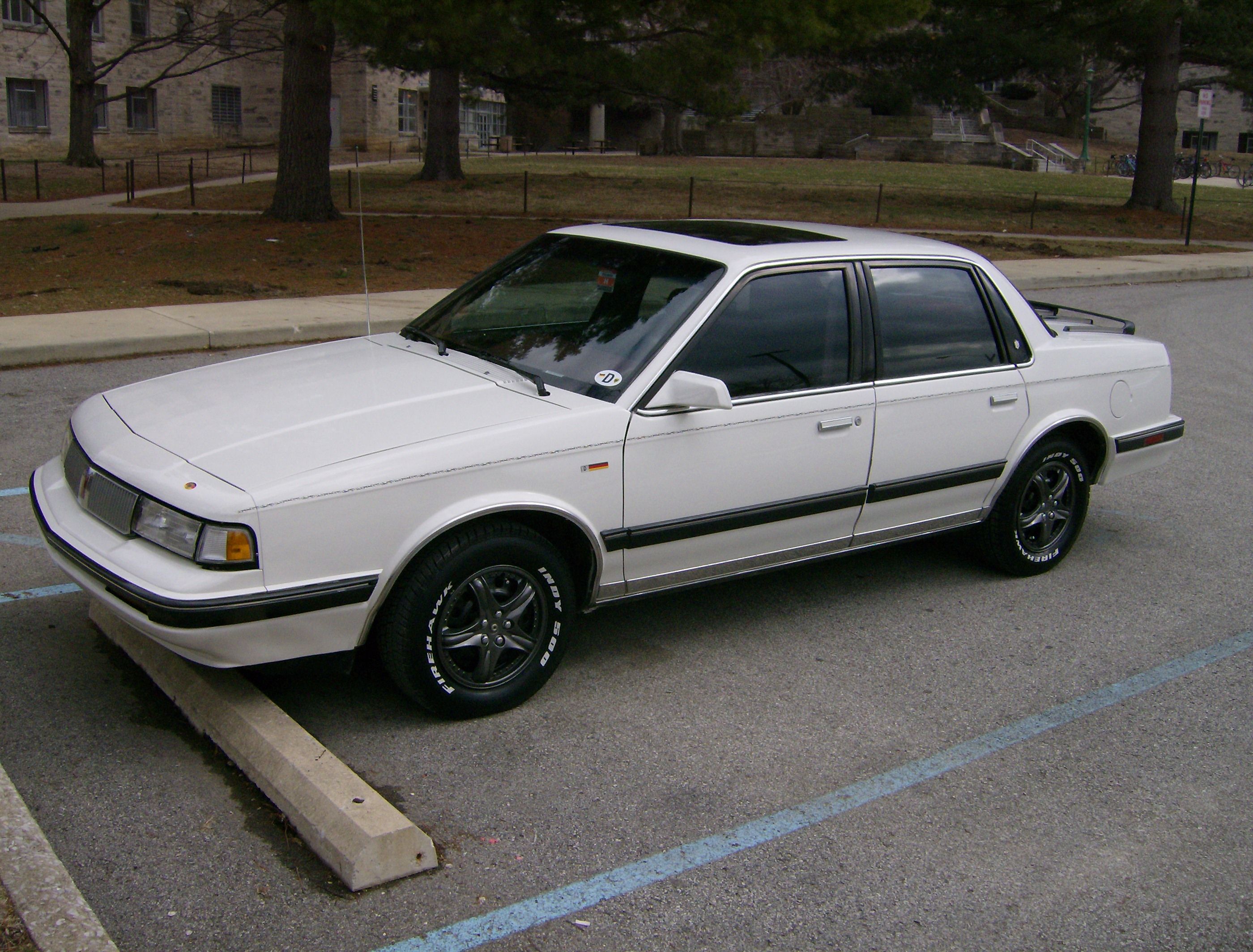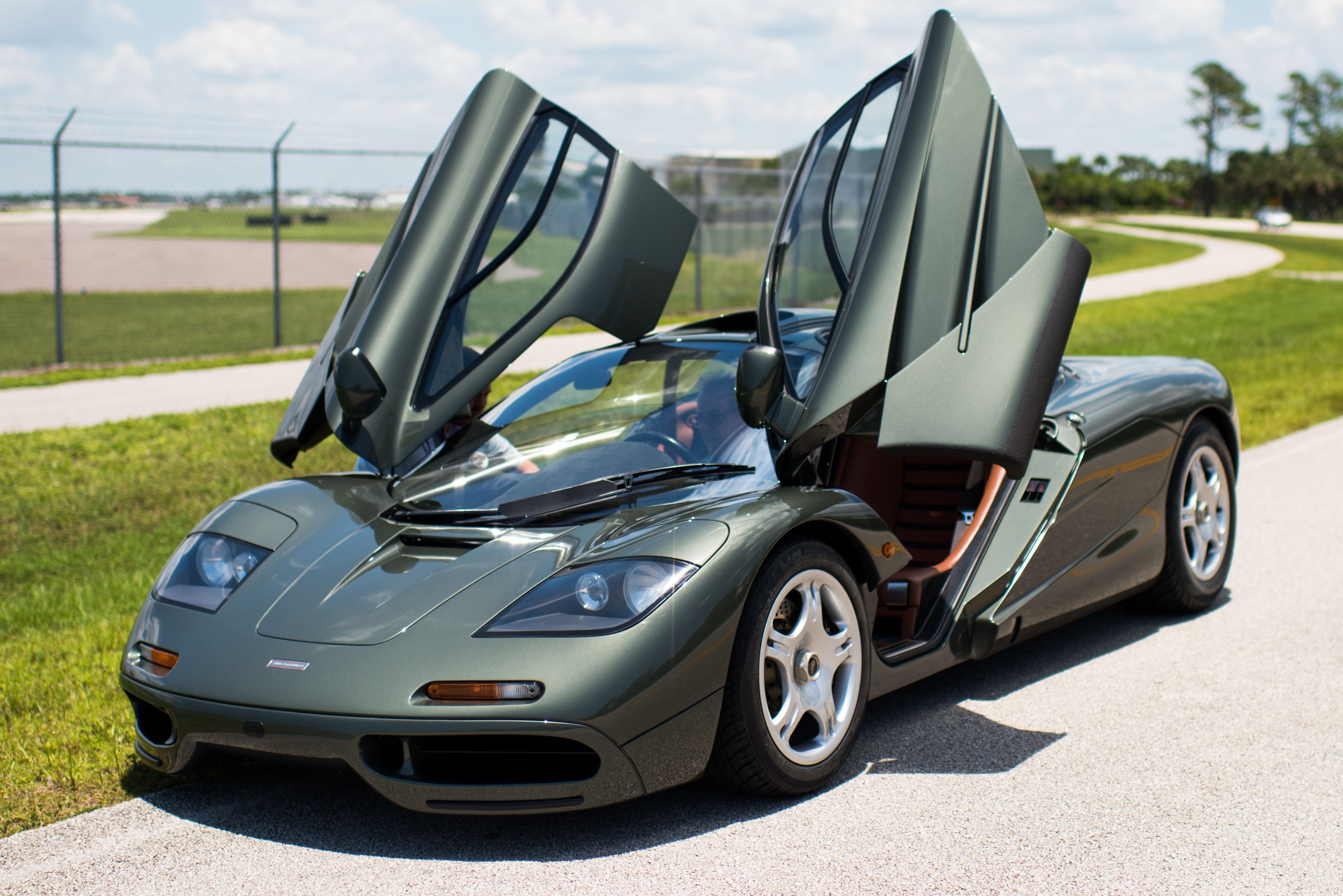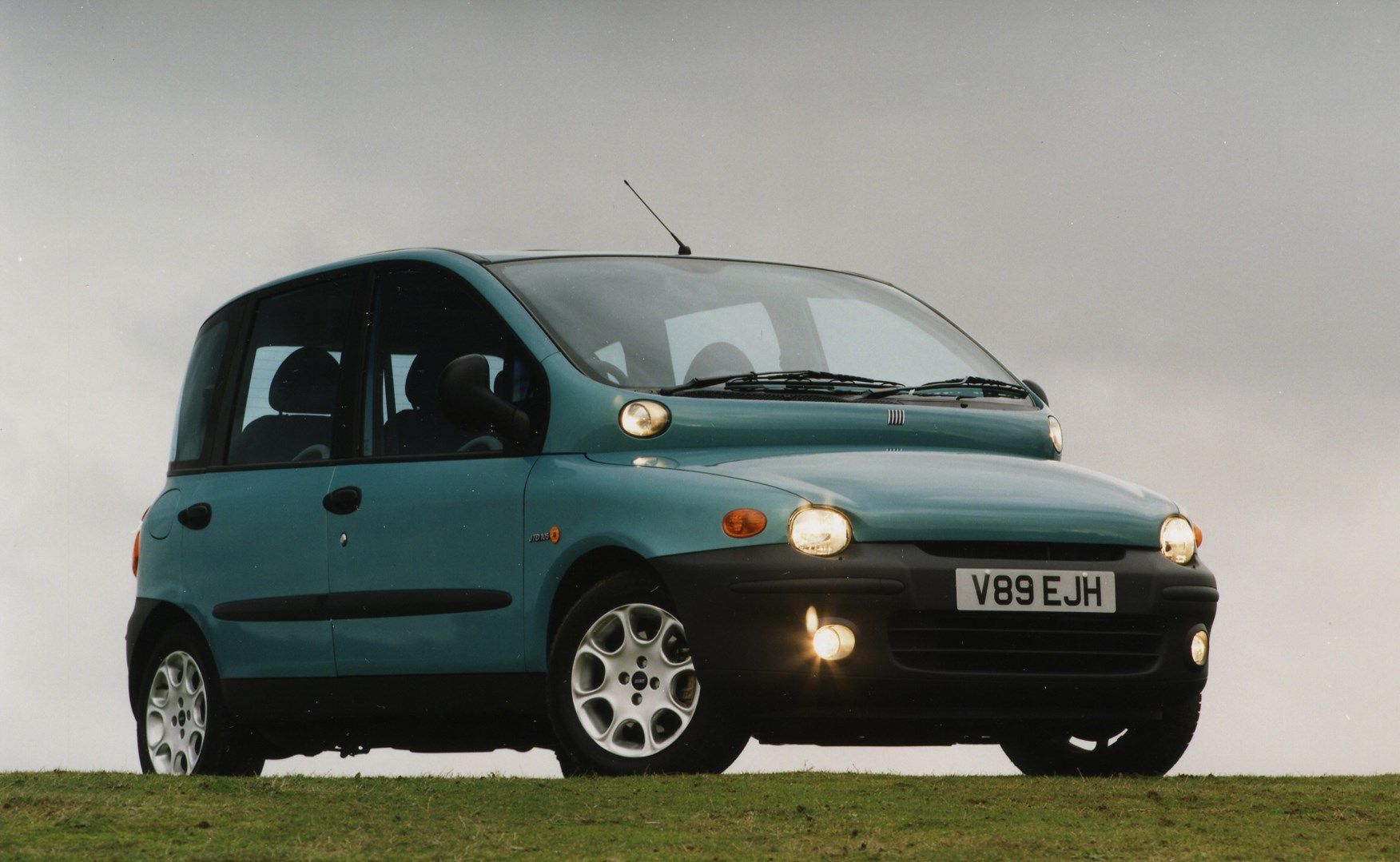The 1990s were indeed an interesting time in human history. The world experienced a lot during that one decade: The fall of the Soviet Union, the Y2K scare, the Oklahoma City bombing, and a Clinton Presidency. What seems to fly under the radar for some individuals, though, are the wonderful cars produced during this time period as well.
In those ten years, automotive manufacturers around the world worked hard to create amazing vehicles on all levels of performance and affordability. Some were hailed as legendary, while others failed to live up to expectations. With this in mind, some of these ten cars were considered the crème de la crème, while others were forgotten for their inadequacy.
10 Good: Mercedes CLK GTR
After the tragic crash at Le Mans in 1955, Mercedes swore off motorsports for several decades. Eventually, though, they decided to make a bold return to the sport with hopes of regaining their titles and status of racing prodigies. With the F.I.A.’s new GT Championship in ’97, Mercedes knew exactly where to go.
The answer to this new series was the CLK GTR: A successful and beautiful racecar that managed to secure a couple of championships in the process as well. With its entry into the series, though, they were required to have road-going versions to be considered eligible for use in the series. As a result, they made 30 CLK GTR’s that captivated the world.
It’s unclear whether Mercedes thought the CLK GTR would sell well or not, rather, their primary reason for building it in the first place was for racing. Nonetheless, nowadays, the CLK GTR sits among the greats like the Ferrari Enzo and McLaren F1.
9 Bad: Suzuki X-90
Sometimes a unique design is just what a car needs to be successful on the market. However, this isn’t always the case. To see an example, look no further than the Suzuki X-90.
The X-90 is a strange looking vehicle. It’s designated as a compact sports utility vehicle, and for good reason. The X-90 appears to be a standard S.U.V. that was put into a compressor and shrunk from nose to tail. Regardless, not many people seemed to like Suzuki’s take either and, due to this, the X-90 became a great lesson in what not to do.
8 Good: BMW M3 (E36)
German engineering almost never ceases to impress, even several decades after its inception. This could be in reference to many things, but for this instance, we’re refereeing to the classic BMW E36 M3.
Since the first M3 (The E30), BMW has used their M-series as the frontrunner for their vehicle line up. What was unexpected, though, was just how good the E36 would be. Not many expected the E36 to be as good as its predecessor. However, it delivered with over 320 horsepower, 50/50 weight distribution, and an incredibly strong German inline-six.
7 Bad: Geo Metro
When two massive automotive companies collaborate on a project, some assume that it will have some promise. Look to Buick and McLaren for example with their Grand National GNX. Although, this isn’t always the case, as evidenced by the Geo Metro.
The Geo Metro was designed by Suzuki and General Motors to be an American version to an already produced Suzuki. Sadly, though, the Geo Metro was nowhere close to the status of the GNX. It only had about 79 horsepower (Or less) and looked awful to boot.
With this in mind, it makes sense why the Geo Metro only lasted six years.
6 Good: Ferrari F50
After the resounding success that was the Ferrari F40, Enzo Ferrari’s last car before his death, several individuals thought that nothing could compare. Fortunately, the Ferrari F50 would prove them wrong.
The Ferrari F50 was one of the boldest Ferrari’s ever designed. It resembled more of a Hot Wheel than an actual car with its bug-eyes, deep air scoops, and huge rear wing. Unfortunately, anyone behind the wheel would feel as if a body builder just punched him or her in the back because of its seat design and engine being bolted directly behind the driver seat. So, due to this, the F50 received a bad wrap. Even though it is a more than capable supercar to precede the F40.
5 Bad: Pontiac Grand Am
Since the great recession in the late 2000’s, Pontiac has become little more than a distant memory to some. Few may think back and wonder why such a long lasting brand died out so hard. To see why, observe the Pontiac Grand Am.
The Grand Am is the epitome of a cheap daily driver. Not because its price is so low, but because its build quality is so poor. There is plastic littered throughout the cabin and exterior, rust prone components, and an awful interior design. Even after several different attempts at making a good Grand Am, Pontiac just couldn’t seem to figure it out.
4 Good: Toyota Supra MKIV
What car costs less than $50,000, is foreign built, and can support over 1000 horsepower on the stock engine? If you didn’t think of the Toyota Supra, then it may be time to reevaluate your understanding of what Toyota is capable of.
The ‘90s saw the birth of the fourth generation of Supras: The Mark IV. When it was first launched, the car was affordable and reliable with stunning looks too. What people didn’t know, at first, was how formidable the Supra was. With its 2JZ-GTE engine on the twin-turbo model, the Mark IV Supra can even beat a Bugatti Veyron or a Lamborghini Aventador with the proper modifications.
That’s very impressive for a relatively cheap Japanese car when compared to multi-million dollar/hundreds of thousands of dollars-costing hypercars.
3 Bad: Oldsmobile Cutlass
During the ‘90s, American cars appeared to pale in comparison to their foreign competitors. Unlike the ‘70s and ‘80s, American cars seemed to have very little power and poor aesthetics. In favor of this thought process, look to the Oldsmobile Cutlass.
To add to its square shape and lack of interesting design, the Cutlass couldn’t even function correctly most of the time. The largest complaints with the Cutlass were surrounding its reliability, especially since it would frequently fail to start. The Cutlass, along with many other poor Oldsmobile models, was probably the biggest reason behind the company’s later downfall.
2 Good: McLaren F1
When it comes to making a supercar, companies will spend millions upon millions to get something that both looks amazing and performs even better. What some don’t do, however, is innovate to a degree where future generations will remember it for decades to come. McLaren, on the other hand, had no such problems when producing their F1.
The McLaren F1 was McLaren’s first road purpose vehicle. Beforehand, McLaren was only interested in Formula One and GT racing, but they finally decided to take a stab at road cars. Few expected the F1 to be as good as it was, chiefly due to McLaren’s inexperience with standard cars. This idea was quickly put to rest, though, when the F1 broke the record for world’s fastest car with a top speed of 243 miles-per-hour as early as 1994.
Its performance, speed, looks, and pedigree catapulted to McLaren F1 into stardom. Nowadays, an F1 can go for anywhere between a million dollars to tens of millions. No wonder it’s so expensive, especially when you figure out that the F1 has literal gold built into it.
1 Bad: Fiat Multipla
Fiat: A brand known for ages. Not only do they own their own brand of Fiat, but they’ve also purchased famous companies like Ferrari, Maserati, Alfa Romeo, and many more. It makes you wonder then, “How could they produce such an awful car as the Fiat Multipla?”
The Multipla is, arguably, one of the ugliest cars in existence. The front looks as though it was from a completely different car and the body’s lines don’t blend together at all. Somehow, it managed to sell models, though. Regardless of that fact, just about anybody with two eyes and a sense of self-respect hated the Fiat Multipla and the preceding Fiat Panda.

